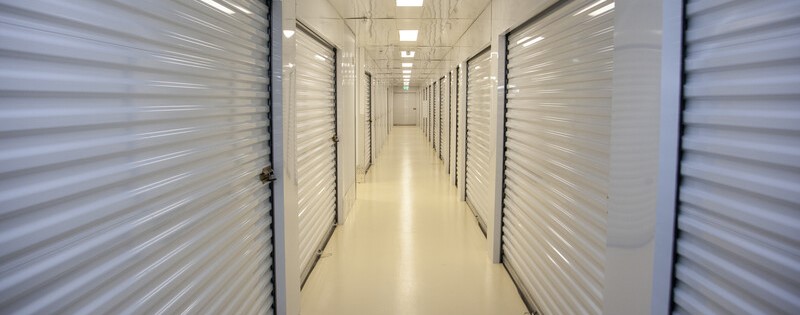Sales of self-storage properties in the U.S. hit $10 billion in 2022 – outstripping prior years, with the exception of 2021, when a single $3 billion sale in New York pushed the year’s total to $12.3 billion. Nationally, transactions involving 73.4 million square feet of space were completed in 2022, and the sector is drawing close attention from REITs and other investors.
“The U.S. self-storage sector demonstrated familiar vigor and confidence in 2022,” commented StorageCafe, which produced the report and provides storage unit listings across the U.S.
New York City led the nation with over $565 million in sales generated by 16 transactions involving 1.6 million square feet. The Bronx was the biggest contributor to this total, followed by Brooklyn, Queens and Staten Island, while Westchester County’s Mount Vernon also fared well.
Phoenix ranked second nationally, closing $195 million in 11 transactions. The wider metro Phoenix market also performed well.
The biggest surprise was the city of Ocala, FL, with a population of 60,000, that saw sales totaling $166 million for 23 transactions. “The fact that Ocala is reported to be the U.S.’s sixth fastest growing city will surely be stimulating the storage sector there,” the report noted.
Other cities in the top 10 for sales value were Brooklyn, Alexandria, VA, San Jose, Miami, Denver, Houston and Baltimore.
Houston led the state of Texas and the nation in terms of self-storage square footage bought and sold. The transactions involved 73.4 million square feet of space, with a total of 3.8 million square feet acquired in the city – “way more than in any other U.S. city,” the report commented. Austin and Dallas also made the top 10 list for square footage traded, as did two Oklahoma towns, Oklahoma City and Tulsa.
Cities in Florida also performed well, especially Miami, where a 69,000 square foot facility sold for $33 million, or $474 per square foot, followed by a $422 per square foot sale near Jacksonville.
In the rest of the country, Alexandria scored a top-five spot with a total sales volume of $114 million spread across four deals with a high of $331 per square foot. In Kensington, MD a 225,000 square foot facility was sold for $76 million or $339 per square foot.
Who is doing the buying? REITs took the top three spots among investors, StorageCafe noted. By amounts paid, Utah’s Extra Space Storage, New York’s Life Storage, California’s Public Storage, and Colorado’s National Storage Affiliates headed the list.
“Self storage is ranked as one of the best performing risk-averse sectors of commercial real estate, but suitable land for building new stores is now increasingly hard to find,” Doug Ressler, business intelligence manager at Yardi Matrix, says in prepared remarks. “The attention this real estate segment received from these companies [REITs] demonstrates how highly appreciated it has become, both to clients and to investors, a situation that is likely to continue.”
Source: GlobeSt.


